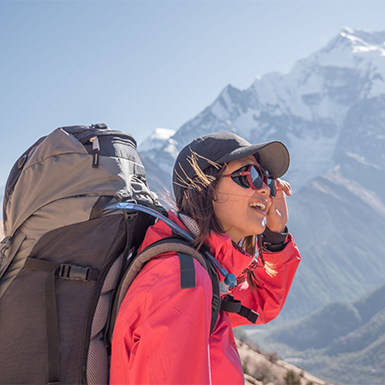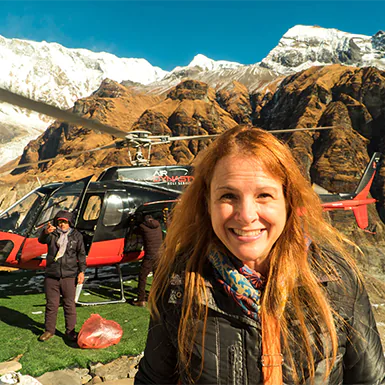Annapurna Base Camp Trek is one of the most popular treks in Nepal. Trekking to the base camp of the world’s 10th highest mountain is on the bucket list of most trekkers worldwide.
This Annapurna Trek takes you to the lap of Mt. Annapurna with the mesmerizing experience and the diverse flora and fauna, a picturesque village enriched with diverse culture, religion, tradition, gorges, diverse landscapes, and many more. No wonder Annapurna Base Camp Trek is one of the most famous treks in Nepal.
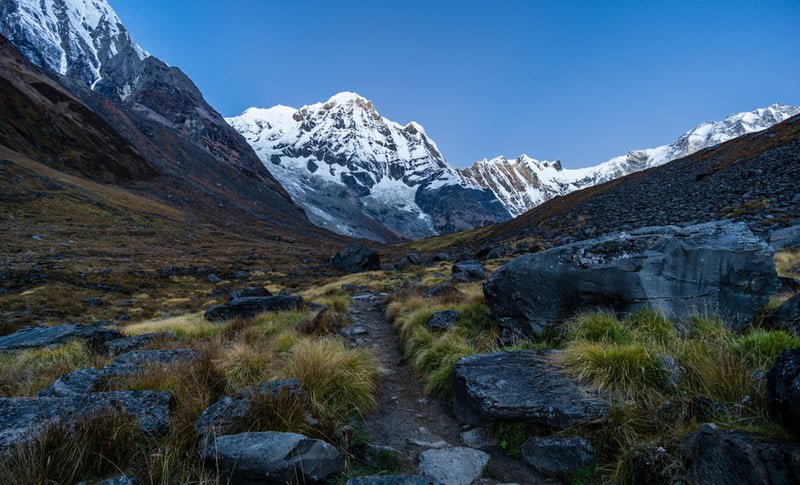
This Annapurna Trek takes you to the Annapurna Base Camp(4103m), located in a glacier basin known as Annapurna Sanctuary, surrounded by breathtaking mountain peaks Annapurna I, Machapuchare (Fishtail), Hiuchuli.
Thus, Annapurna Base Camp Trek is also known as Annapurna Sanctuary Trek. Along the trek, you will also witness stunning views of Annapurna I, Annapurna II, Annapurna III, Annapurna IV, Annapurna South, Machapuchare, Nilgiri, Himchuli, Dhaulagiri, and many more.
Preparation Tips for Annapurna Trek
This trek is a perfect vacation trip to get away from the hustle and bustling life of the city and into the absolute wilderness.
When trekking to the high altitude region as Annapurna Base Camp Trek, you must be well prepared to enjoy the trek to the fullest. So, here are some tips on how you can start preparing for your trek to the Annapurna Base Camp Trek.
1. Be Physically fit and train for a long walk
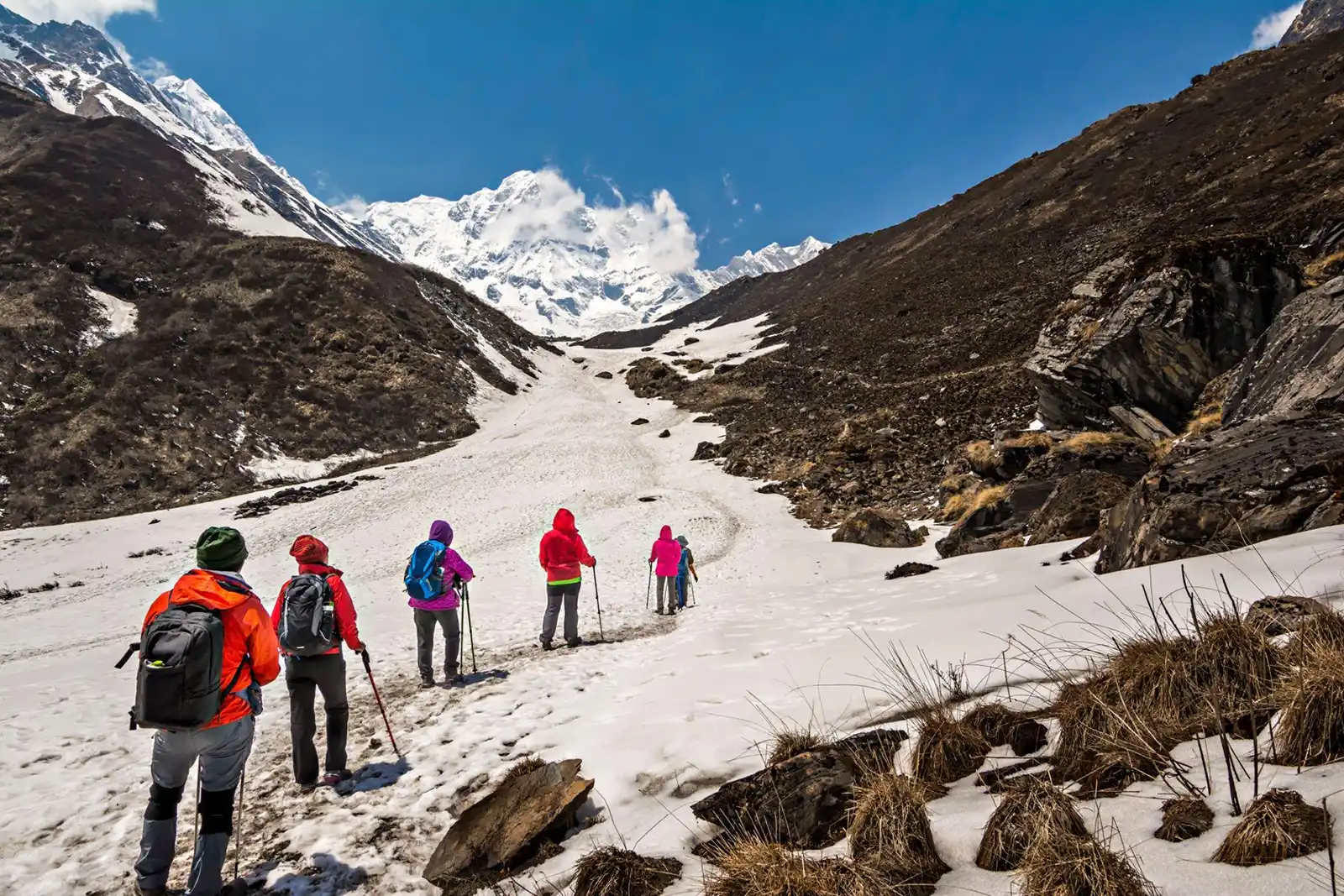
Annapurna Base Camp Trek is a moderately difficult trek. The trek doesn’t require any alpine trekking experience or technical mountain climbing experience. If you have average physical fitness, you can complete the trek. Thus, this trek is suitable for any trekker of any age.
However, it would help if you prepared yourself before starting your trek. You will walk for around 5 to 7 hours daily during the trek. So, it is essential to do physical training and preparation before the trek. You must mainly focus on building your shoulders, leg muscles, back, and abdomen.
You can start by going on a long walk or a day hike regularly before the trek. You can do a basic strength training routine such as pull-ups, sit-ups, and crunches, besides aerobic and cardiovascular training to improve your physical strength.
You can also train yourself by swimming, exercising, and doing yoga for a week to increase your strength and be calm during the trip.
2. Select the best time to trek
Annapurna Base Camp Trek is doable at any time of the year. However, Autumn (September-November) and Spring (March-May) are the best times for Annapurna Base Camp Trek. Due to the favorable weather and temperature, most travelers prefer to trek during these seasons.
During Spring, you can enjoy your journey under perfect weather conditions with moderate temperatures. The warm and clear days offer clear views of the gorgeous and magnificent snow-capped mountains and diverse landscapes.
Along with that, the vegetation is in full blossom during Spring. So, you will be walking along a lush green forest filled with colorful wildflowers and rhododendron blossoms.
The weather and temperature condition during Autumn is similar to the spring season. The days are warm and clear with clear blue skies.
You can enjoy unobstructed views of the stunning mountain peaks and surrounding landscapes. Along with that, it is the season of festivals in Nepal. Thus, it is the perfect time to explore Nepali culture and tradition.
Also, see:
3. Get a Visa
A Visa is the most crucial document while traveling to a new country. It will keep you safe while preparing for the Annapurna Base Camp, Nepal vacation trip. Getting a visa is relatively easy in Nepal.
Upon arrival, you can quickly get your visa from Tribhuvan International Airport, Kathmandu, Nepal. You can also issue the visa online by filling out the application form at the Nepal Immigration website.
4. Get Trekking Permits
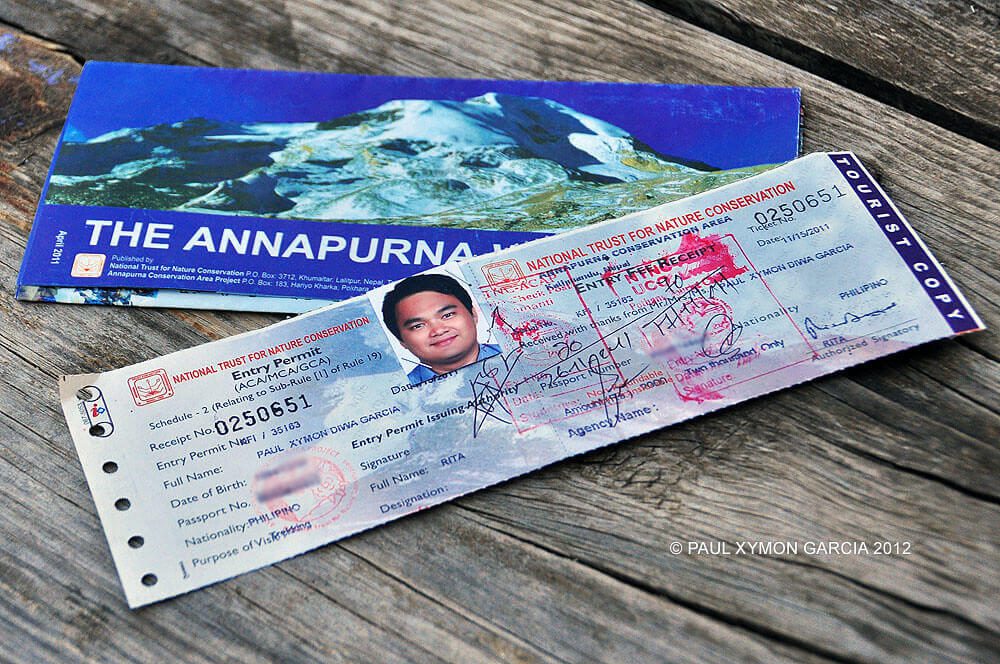
A trekking permit is a must while trekking in Nepal. For the Annapurna Base Camp Trek, you will require two trekking permits.
TIMS (Transport Information Management System) is necessary for every trekker coming to trek in Nepal.
ACAP (Annapurna Conservation Area Entry Permit) is needed for every trekker who wishes to trek in the Annapurna Region. Some parts of the trek will take you through the forest areas of the Annapurna region, which falls under the conservation area. Some permit money goes to the fund to conserve the Annapurna region.
You can get both of these permits quickly in Kathmandu or Pokhara. You can also get these on the trails, but the price will be slightly higher.
Don’t skimp on the permits, as there are checkpoints where you may be asked to disclose these permits. You will be fined and made to buy these permits at a higher cost.
5. Be Mentally Prepared
When trekking to high-altitude regions, you must be mentally prepared while planning for the trek. Depending on how comfortable you are outdoors in a remote area, you must mentally prepare for yourself.
You will walk for 5 to 8 hours daily with your backpack on at a high altitude during the trek. You will be trekking along with the areas where there will be no wifi, air-conditioning, etc.
Thus, you should be prepared mentally as you may be disappointed if you have too high of expectations of your living and sleeping quarters.
6. Purchase required Equipment, Gears, and Supplies
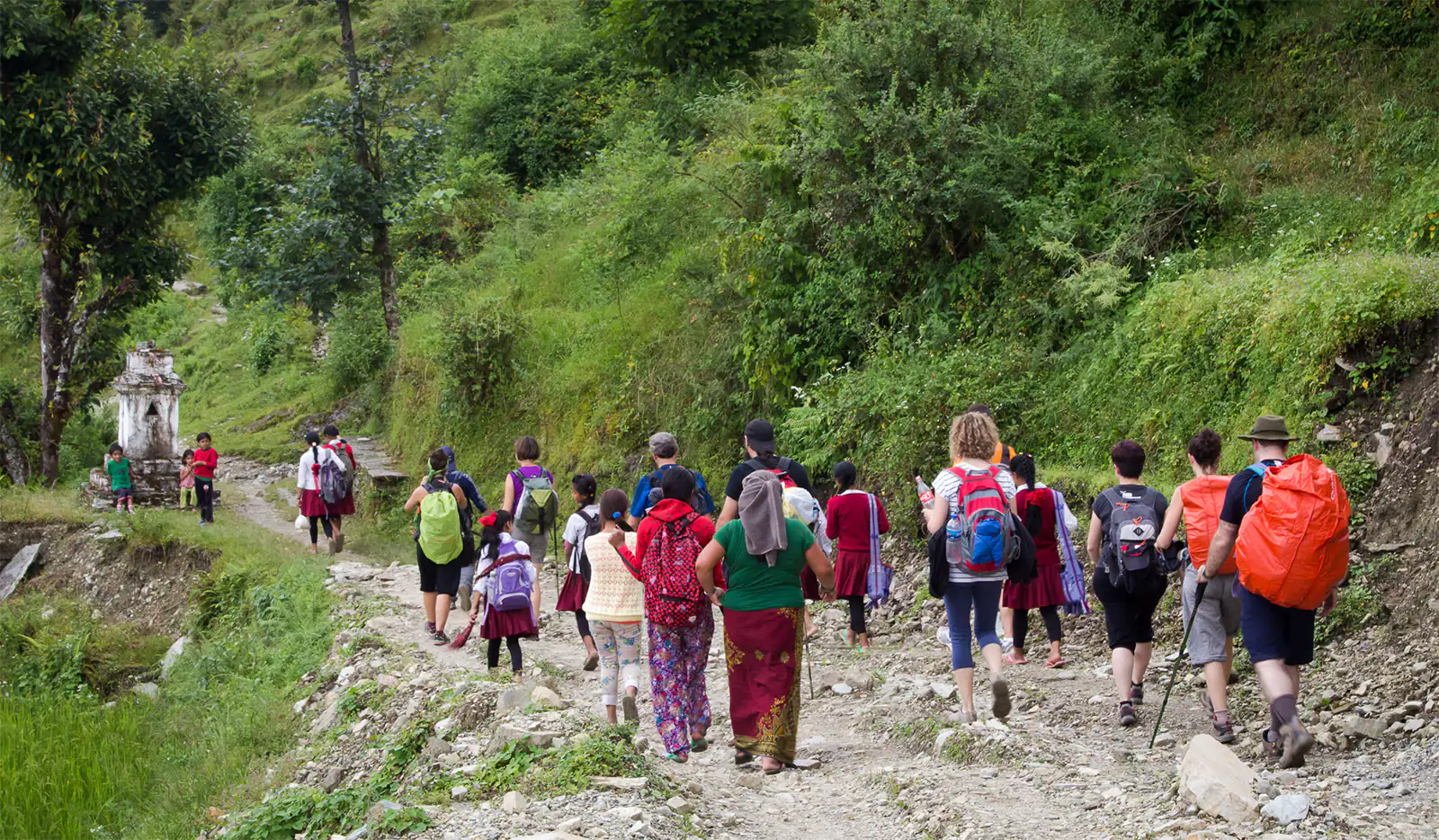
All treks to high-altitude regions require suitable, trustworthy gear and equipment. Some of the basic things you will need on your trek to the Annapurna Base Camp trek are:
- A warm sleeping bag
- Duffel bag and a day pack
- Warm and waterproof jacket
- Trekking trousers and shirts, including a base layer and second layer of fleece
- A lightweight, high-quality trekking boots
- Pair of regular shoes for when you want to take a stroll
- Warm gloves, inner and outer, and warm thermal socks
- Trekking Poles
The above gives you a general idea of what you should consider. You can learn in detail what to bring to the Annapurna base camp trek. This should be more helpful.
Many equipment and supplies can be purchased or rented at affordable prices in Kathmandu and Pokhara.
For more details, please check our blog on “Annapurna Base Camp Trek Packing List.”
7. Hire a guide
This is the question that I get the most from the trekkers planning to trek to Annapurna Base Camp, “Do I need a trekking guide for the trek?”. Annapurna Base Camp Trek, one of the most popular treks in Nepal, can be done only with a guide.
It is recommended to hire a guide while doing any trek in Nepal. A guide will help you not get lost and will be able to share any information you require regarding the local fauna, people, culture, place, landscapes, flowers, and so on.
A guide can also improve your overall trekking experience as they are familiar with the locals in the region. Hence, they can help you integrate more with the locals giving you a more up-close experience of the local culture, tradition, and lifestyle.
Without a guide, your overall expenses will be slightly less.
Note: Do hire a guide from a licensed agency or check the credentials of the guide you have already hired to be safe.
8. Have a Travel Insurance
Having travel insurance is very important while trekking in the high-altitude region. Thus, we highly recommend you get travel insurance that covers trekking and everything associated with it, including emergency evacuation packages.
Since the weather in the mountains is unpredictable, having travel insurance will keep you safe from unexpected situations.
Travel insurance also saves you extra expenses that may arise due to the loss of baggage, travel cancellation or interruptions, postponement of travel plans, etc.
However, this should be done in your home country.
9. Look for a well-crafted Itinerary
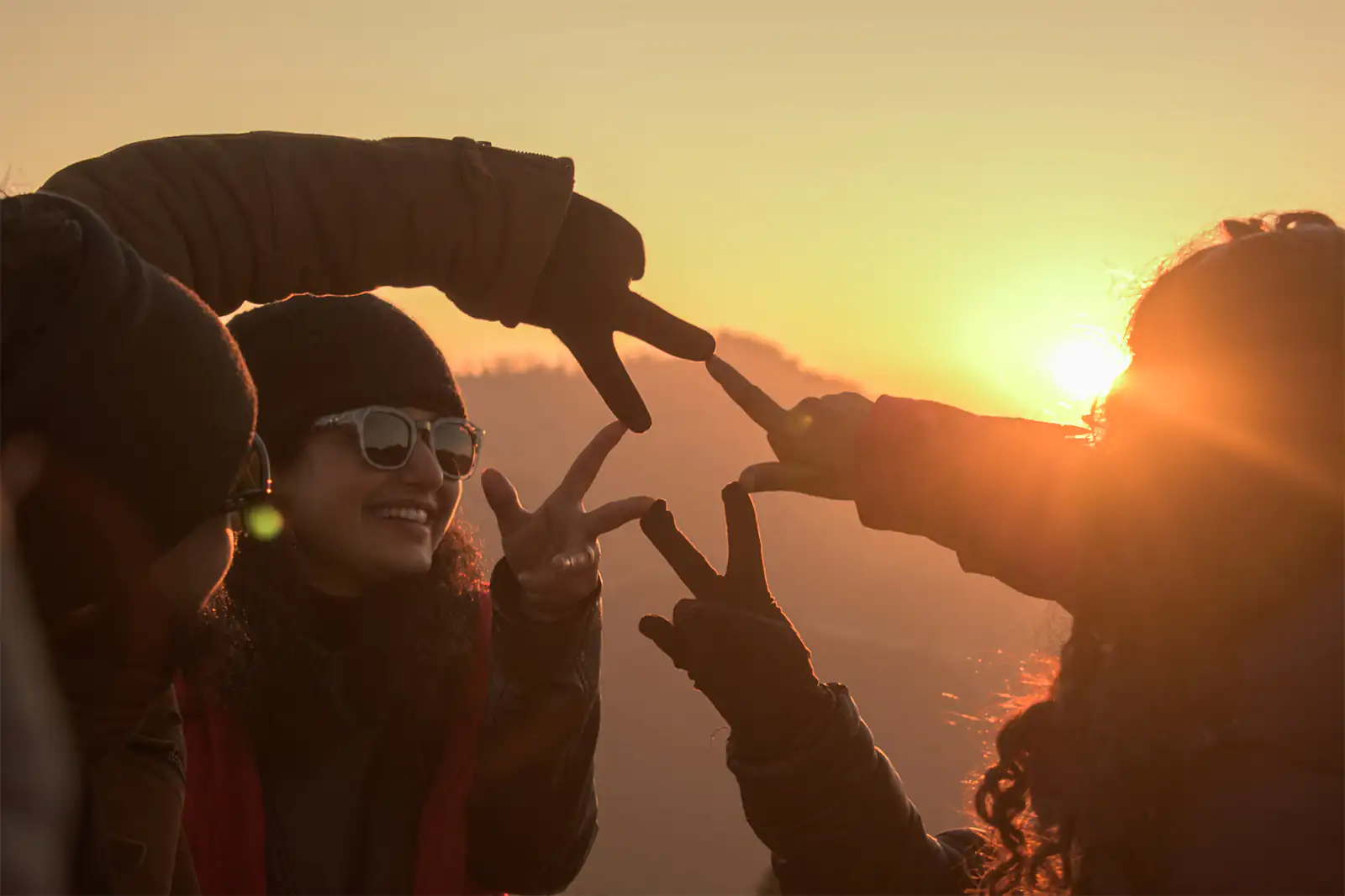
You must have a well-crafted itinerary before you start your trek. If it may help you, contact us, and we will design a detailed itinerary for you as per your wish.
Your itinerary will give you the correct number of days to comfortably and safely enjoy your trek to the Annapurna base camp.
If you are new to high-altitude trekking, we recommend you choose an itinerary with enough acclimatization days. The acclimatization days will help your body adjust to the altitude and prevent any sickness related to the high altitude.
For more details, please check our blog on “Annapurna Base Camp Trek Itinerary.”
10. Book Accommodation Prior
You can choose from many accommodation places in Kathmandu and Pokhara. These places will have all the modern amenities from wifi, bathrooms, air-conditioning, etc.
Your choice will be limited to the local, traditional tea houses or lodges on the trails. These tea houses offer rooms on a sharing basis, usually with two beds. They do provide basic facilities like toilets and showers.
With the increasing flow of trekkers every year, the quality of services has improved. And due to the number of tea houses, they compete to make themselves better than others.

11. Adjust in limited Food types and Water
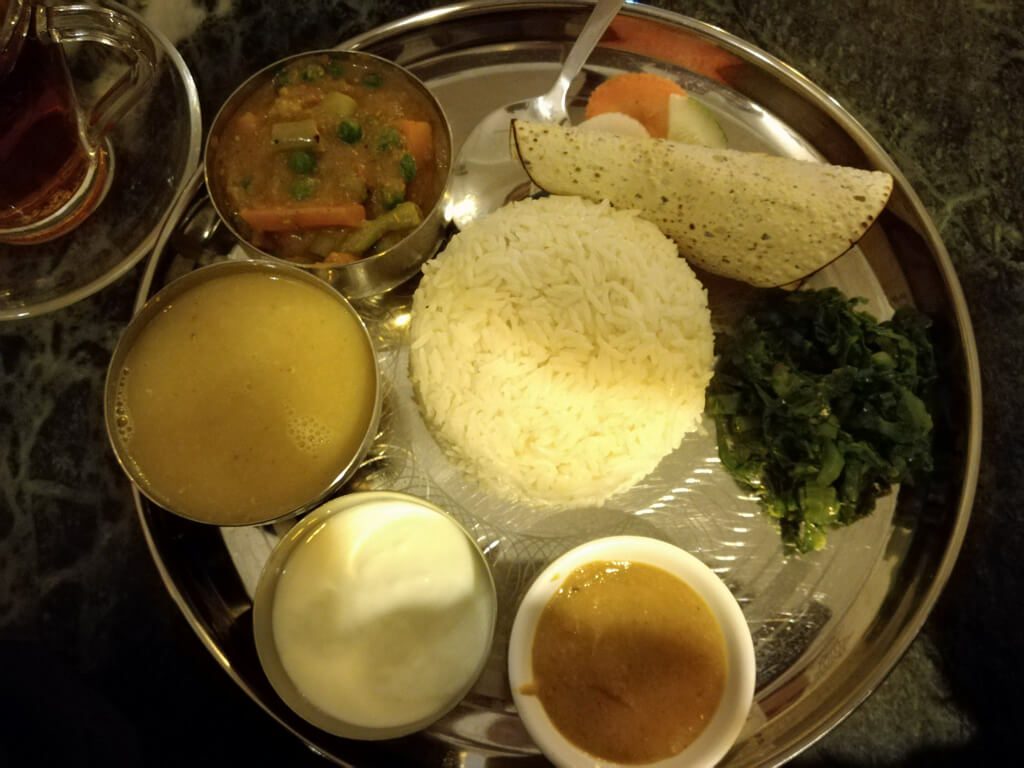
In Kathmandu or Pokhara, you can choose from various cuisines such as continental, Chinese, Italian, Newari, Nepali, etc.
On the trails, your choices will be limited to the local cuisine of Dal-Bhat-tarkari (Steamed Rice, Lentils, and local vegetables), flatbread (roti), and so on. As for water, you are recommended to bring your water-purifying tablets and solutions.
There are open taps, streams, and waterfalls along the way, but you are not recommended to drink directly from them. Use filters or purifying tablets, just in case. Bottled water is available; however, the price increases as the altitude increases.
Related Article:
12. Know all about High Altitude Sickness
Altitude sickness is a significant problem that most trekkers face during the high-altitude trek, and Annapurna Base Camp Trek is no exception. Thus, before you go on the trek, you must get as much information about altitude sickness and its symptoms. This will give you an idea about what to do when you notice any symptoms, take precautions, and take necessary steps if they occur.
Furthermore, you think of ignoring the symptoms as this is serious and can worsen or lead to death if not taken care of immediately.
Some extra tips for preparing for the Annapurna Base Camp
- Take photographs along the way as well as at the Annapurna Base Camp. This trail makes for some of the most outstanding pictures with the mountains in the background. In the lower regions, blossoms of the red and white rhododendrons and local people in their traditional attire. These are great for memories and make great postcards as well.
- Trek in the best season for a perfect and comfortable trek for beginners and anyone who wants to enjoy a comfortable trek.
- Take winter and summer clothes as the weather in the mountains is unpredictable. A perfect morning may turn into a stormy night and vice versa.
- Take your favorite snacks for the trek. Sometimes, this is all needed to give you that extra push for the climb.
- If possible, have an extra day at your favorite place on the way back of your trek to relax and enjoy your journey. But this should be discussed beforehand with your agency.
- Keep an extra day or two for the trek, as unpredictable weather or flight cancellations may occur. Having an extra day will help you get away from these situations.
Conclusion
Proper preparation is necessary for any high-altitude trek in Nepal. The trek is doable and suitable for everyone. But a bit of preparation is necessary. Train yourself to be able to walk uphill for 4/6 hours daily. Training your body will help you to have a great and comfortable trek.
A little bit of preparedness will make your journey stress-free. Remember you are on holiday and have fun.
Furthermore, please feel free to contact us if you have any more questions or queries regarding this or any other trek in Nepal.


